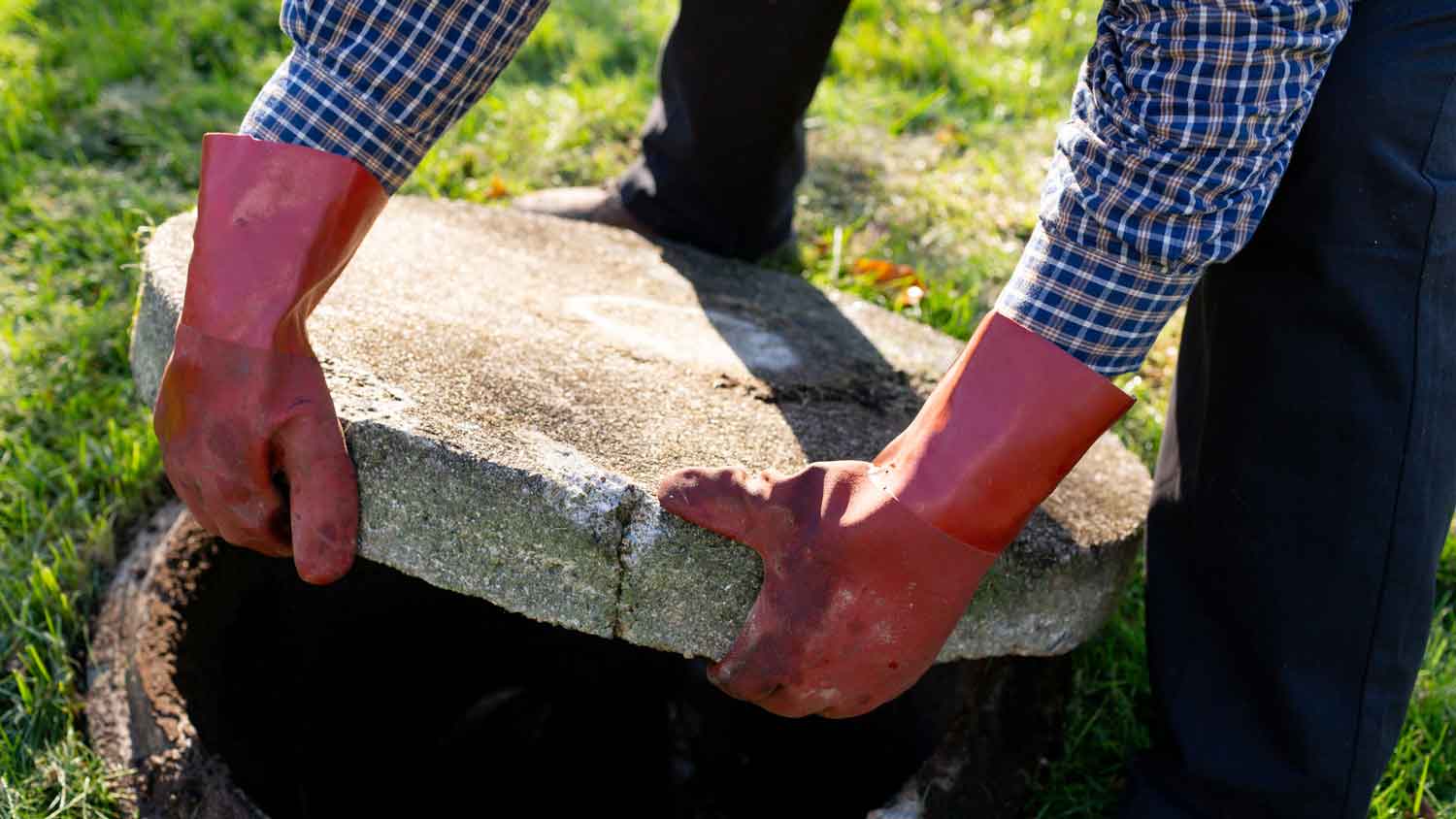Should You Put Yeast in Your Septic Tank?
Save it for baking bread instead


Yeast is a fungus that creates carbon dioxide.
Contrary to popular belief, it does not create the bacteria needed for breaking down wastewater.
It’s better to focus on what not to add to your septic tank to keep it running smoothly.
If you have a septic tank, you might have heard that adding yeast to it can help break down the wastewater more efficiently. If you’ve already been flushing yeast down the drain in the hopes that this is true, know that while you’re not harming your septic system, you’re not exactly helping it, either. Here, we’ll explain briefly what your septic tank needs to function properly and what you can do to assist.
How Does a Septic Tank Work?
Your septic tank contains wastewater that pumps in from your house via the drains and toilets. Once inside the tank, the wastewater is purified through a natural process that causes the solid waste to float down to the bottom of the tank. Anaerobic bacteria feed on the solid waste while the wastewater settles into three layers: scum, effluent, and sludge. Effluent is the “clean” water that is then dispersed into the drain field, where the soil treats it further and eventually releases it as groundwater.
Some people introduce septic additives into the septic system through their toilets or sinks in the hopes that this will speed up the process. This may work in some instances, but just like pouring heavy-duty chemicals down a clogged drain, this could do more harm than good for your septic tank.
A full septic tank should be emptied every three to five years if everything works properly. However, you should call a septic system pro in for maintenance at the smallest hint that something is amiss with your septic system to avoid a major, expensive problem. Remember, the cost of a new septic system will likely far outweigh the cost of any smaller fix that needs to be made to keep things running smoothly.
Is It a Good Idea to Put Yeast in a Septic Tank?

You might only know yeast as an ingredient for making bread. You may also know that your septic system needs bacteria—the “good” kind”—to break down wastewater naturally.
So, what’s the connection between yeast and this good bacteria? Nothing, actually. That’s because yeast is not bacteria; it’s a fungus. When yeast is added to anything, be it a bread recipe or your septic tank, it creates carbon dioxide, which is a compound, not a living organism like bacteria.
While it is possible for yeast to destroy some of the starchier materials floating in your septic tank, it’s pretty useless in the face of anything else.
In short, if you’re putting yeast in your septic tank and hoping for a miracle that will solve your wastewater situation, you’d better call your local septic tank company, instead. Again, you’re not harming your septic tank, but yeast in a septic tank is simply not the fix some people on the internet make it out to be.
What You Should Definitely Not Put in Your Septic Tank
Yeast might not be helpful in your septic tank, but it won’t cause problems like some other additives can. Still, it’s probably a better idea to focus on not putting certain things in your septic system if you want to keep it working properly.
Here are some things that will certainly put your septic system at risk:
Paper towels
Disposable diapers
Period products
Condoms
Cigarette butts
Food scraps
Coffee grounds
Anything plastic or otherwise non-biodegradable
This is not an exhaustive list of things that don’t belong in your septic tank, but it’s a good start. A septic tank is working hard enough to break down waste, so don’t get in the way by adding things that are impossible for it to break down. Otherwise, it will just take up space in your septic tank, which can be bad news when the wastewater has limited space to go.
If you’re a first-time septic tank user or have had issues in the past with your septic system, talk to a professional. They’ll answer questions about your septic system and give you advice on how to properly maintain it so that it can last for years.


- How to Increase Bacteria in Your Septic Tank Naturally Using Household Products
- Here’s What to Put in a Septic Tank to Break Down Solids
- How to Check If a Septic Tank Is Full: 7 Easy Ways
- What Is a Septic Tank and How Does It Work?
- What to Do After Your Septic Tank Is Pumped: 4 Top Septic Maintenance Tips
- You Just Had Your Septic Tank Pumped and It’s Full Again. Now What?
- How Often Does a Septic Tank Need to be Inspected?
- Are Septic Tanks Bad? Pros and Cons to Consider Before Moving Into a House With a Septic System
- How to Find Your Septic Tank in 5 (or Fewer) Simple Steps
- Do Septic Tank Additives Really Work? Does Your System Need Them?










